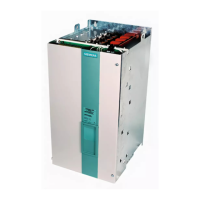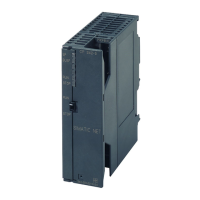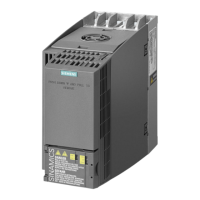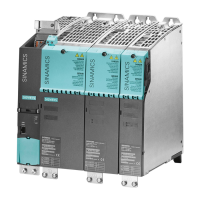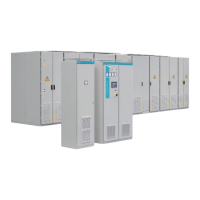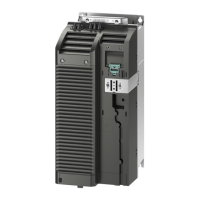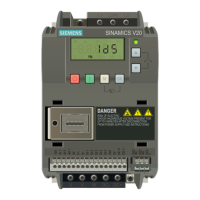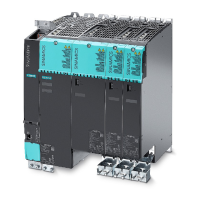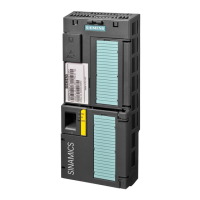Contents 12.2010
Siemens AG 6SE7087-6QX70 (Version AM)
SIMOVERT MASTERDRIVES Compendium Motion Control 1
Contents
1
SYSTEM DESCRIPTION ................................................................................. 1-1
1.1 Overview........................................................................................................... 1-1
1.2 System description ........................................................................................... 1-2
1.3 Construction sizes ............................................................................................ 1-3
1.4 Communication................................................................................................. 1-4
2 CONFIGURATION AND CONNECTION EXAMPLES .................................... 2-1
2.1 Compact PLUS type units ................................................................................ 2-1
2.1.1 Single-axis drive ............................................................................................... 2-1
2.1.2 Multi-axis drive up to 3 axes ............................................................................. 2-1
2.1.3 Multi-axis drive.................................................................................................. 2-2
2.1.4 Configuration and connection examples (Compact PLUS).............................. 2-5
2.2 Compact and chassis-type units ...................................................................... 2-9
2.2.1 Water-cooled units............................................................................................ 2-9
2.2.2 Single-axis drive with Compact or chassis-type units ...................................... 2-9
2.2.3 Multi-axis drive with Compact or chassis-type units......................................... 2-9
2.2.4 Explanations relating to the configuration examples
(Compact and chassis-type units) .................................................................. 2-13
2.3 Points to look out for when using certain option boards and CUPM.............. 2-16
2.3.1 Encoder interface connections ....................................................................... 2-16
2.3.2 TB boards ....................................................................................................... 2-17
2.3.3 EB boards ....................................................................................................... 2-17
2.4 Safe stop functions of electrical drive systems in accordance with
DIN EN 61800-5-2 .......................................................................................... 2-18
2.4.1 Reference documents .................................................................................... 2-18
2.4.2 Overview......................................................................................................... 2-19
2.4.2.1 Safety function STO – Safe Torque Off.......................................................... 2-19
2.4.2.2 Safety function SS1 – Safe Stop 1 (time controlled) ...................................... 2-19
2.4.3 General information about MASTERDRIVES ................................................ 2-20
2.4.4 Safety functions .............................................................................................. 2-23
2.4.4.1 STO principle in a safety function................................................................... 2-24
2.4.4.2 SS1 principle in a safety function ................................................................... 2-25
2.4.5 Application examples...................................................................................... 2-26
2.4.5.1 Emergency Stop on a converter → STO........................................................ 2-26
2.4.5.2 Measures against common cause failure (CCF) of the safety function ......... 2-31
2.4.5.3 Check of the PFH value of the safety function as a whole............................. 2-32
2.4.6 Emergency Stop and protective door monitoring on a converter → STO...... 2-32
2.4.6.1 Protective door safety function ....................................................................... 2-35
2.4.6.2 Supplementary safety function Emergency Stop ........................................... 2-40

